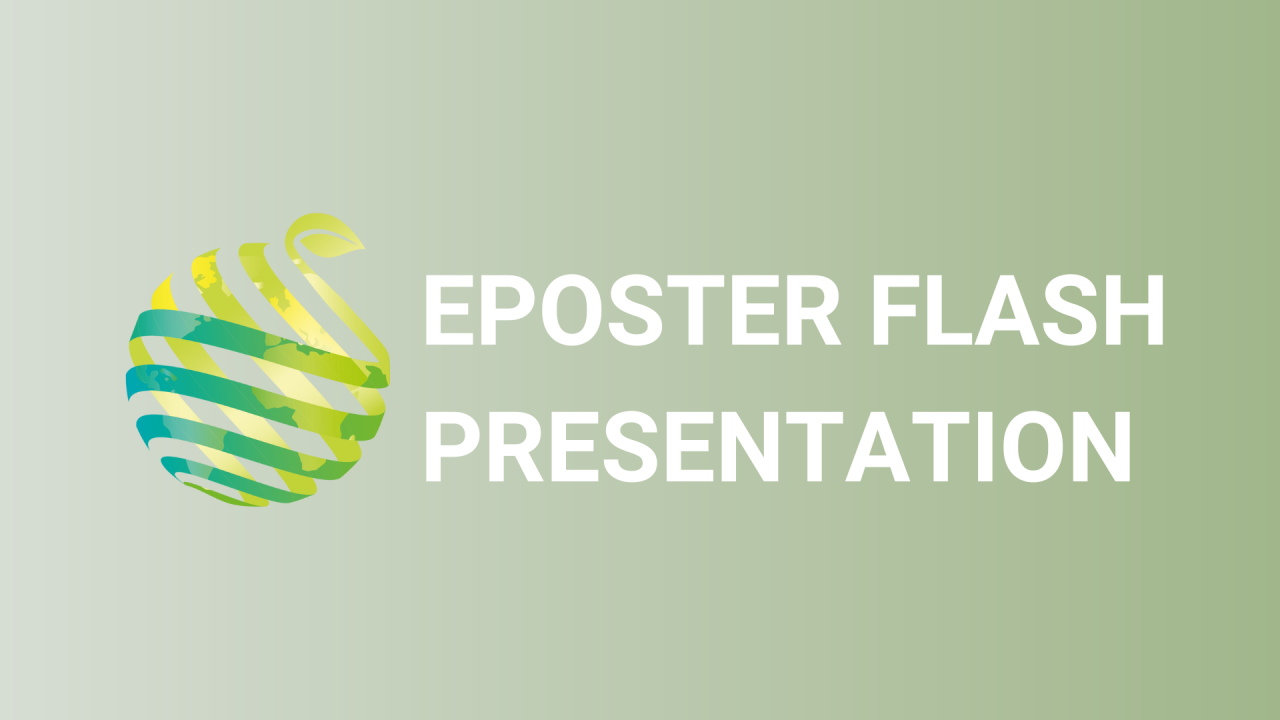

S18 - Session P2 - Using proximal sensing parameters linked to the photosynthetic capacity to assess the nutritional status and yield in quinoa
Information
Authors: Daniel Cudjoe *, Frank Okyere, Nicolas Virlet, Pouria Sadeghi-Tehran, March Castle, Andrew Riche, Manal Mahda, Michel Ghanem, Toby Waine, Fady Mohareb, Malcolm Hawkesford
Proximal sensing (PS) offers a quick, non-destructive, and accurate assessment of crop N status which is crucial for optimized fertilizer application and precision crop management. However, its exploitation in connection with the photosynthetic capacity in quinoa has been limited. Therefore, any progress in utilizing PS parameters will offer a new paradigm to improve decision-making related to N fertilization in quinoa. The objectives of this study were to (1) determine which leaf spectral reflectance indices including NDVI, RNDVI, GNDVI, SR, and PRI could be used to estimate the N status under varying N and P input conditions, (2) evaluate SPAD readings as an indicator of quinoa N status and (3) assess how these spectral parameters relate to the photosynthetic capacity and yield. A nutritional experiment utilizing quinoa ( Chenopodium quinoa Willd.) was conducted in the glasshouse at Rothamsted Research, UK. Quinoa plants were grown under varying N and P input designated as (HN-HP, HN-LP, LN-HP, and LN-LP, with H and L for high and low respectively) in pots in a randomized complete block design with 5 replications. Mineral status and photosynthetic parameters were measured by Leco combustion and ICP-OES and Li-6400 respectively. SPAD-502 chlorophyll readings and spectral reflectance indices using a Polypen were simultaneously measured. Furthermore, Red-Green-Blue (RGB) images using a consumer digital camera (24 Mp) were also collected. Final harvest data were collected to assess grain yield. Our results show that leaf spectral reflectance indices (NDVI, RNDVI, and GNDVI) and SPAD chlorophyll readings displayed similar efficiency as an indicator of N status and correlated strongly with the photosynthetic capacity during the vegetative growth stage and grain yield at harvest under HN-HP and HN-LP conditions. Further analysis will be performed to compare the spectrally generated data with RGB-derived indices for high-throughput phenotyping analysis. This study is funded by the OCP Group, Morocco.